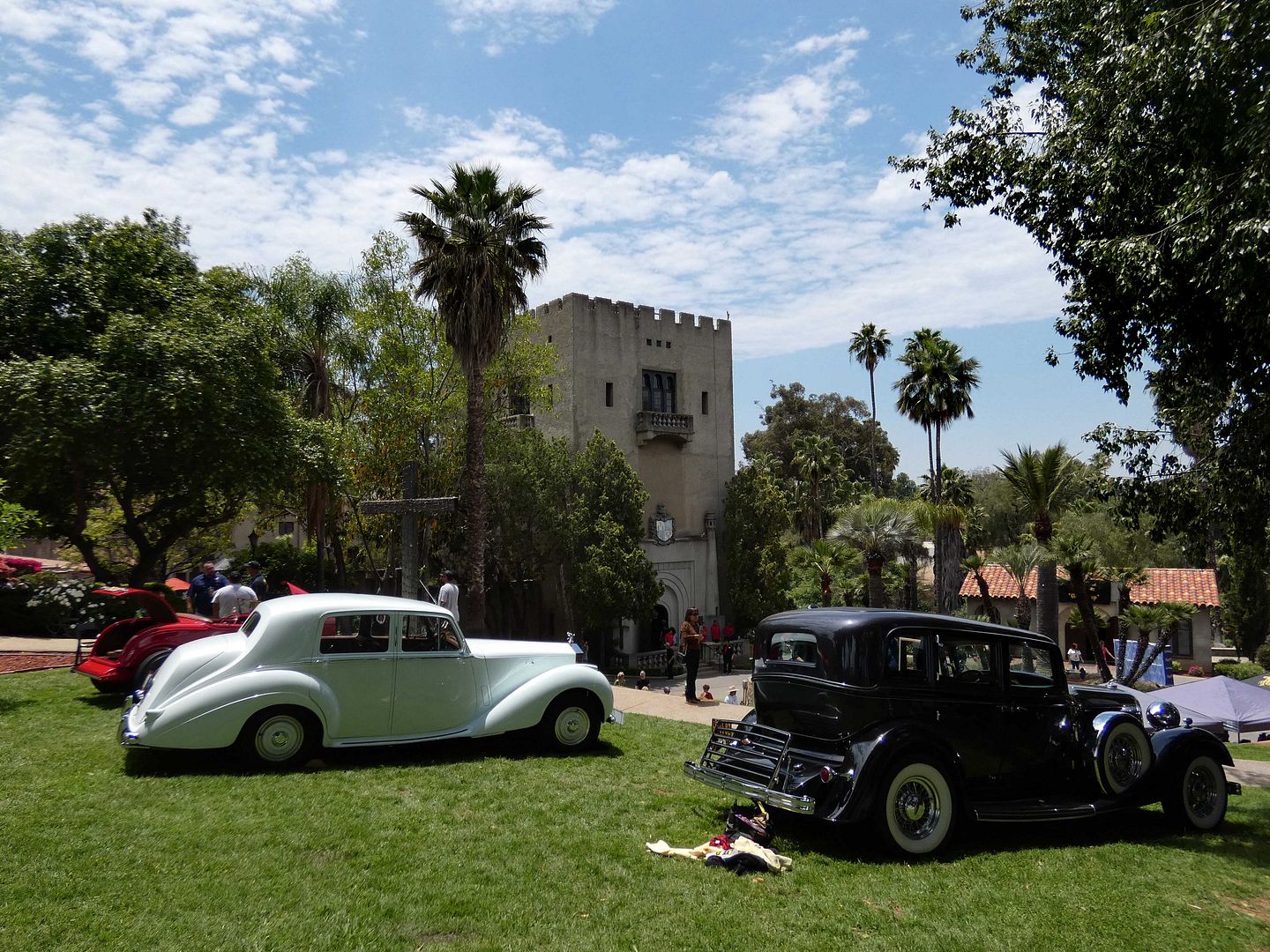

Case in point: Benedict Castle in Riverside, California.
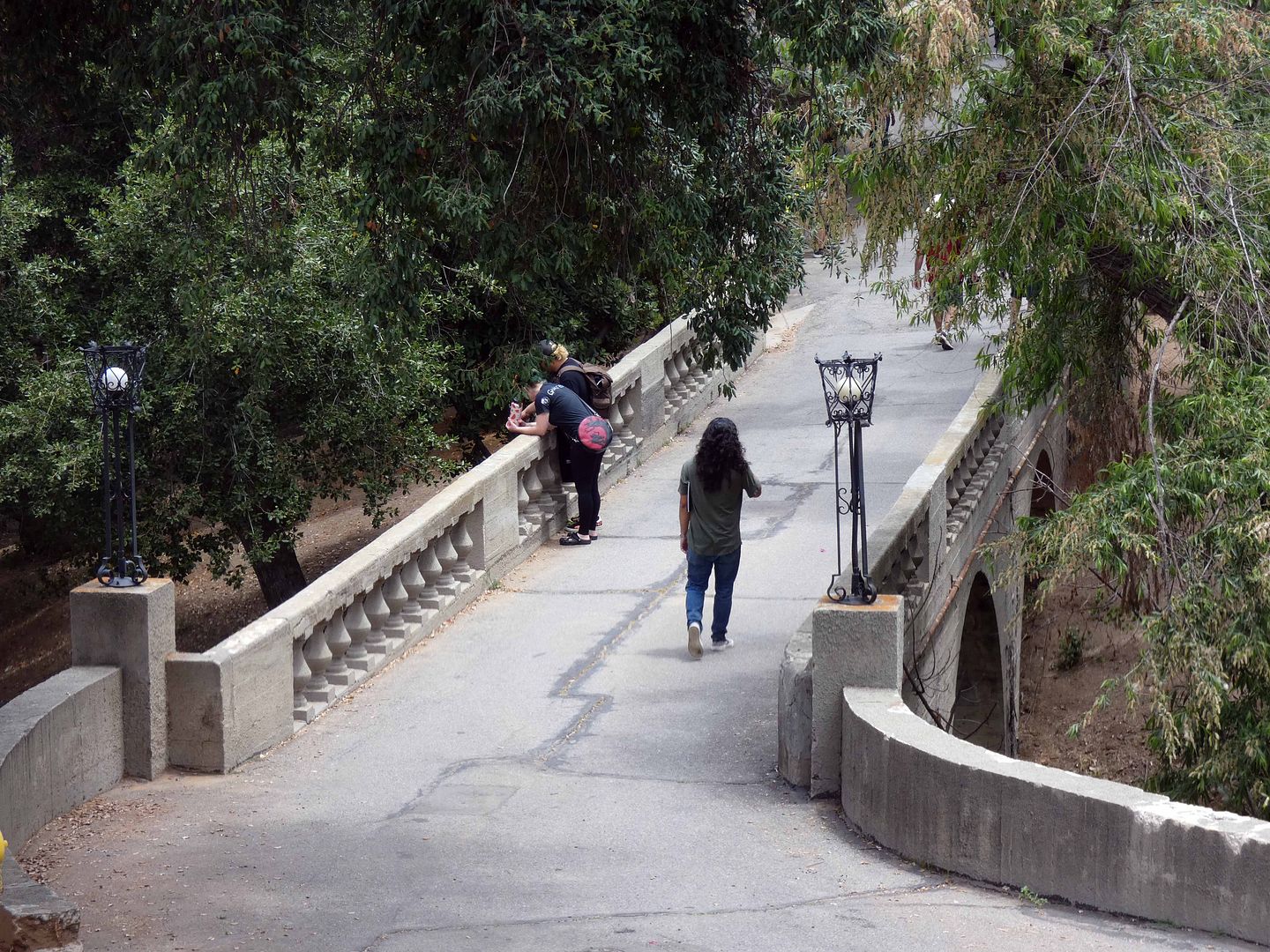
It wasn't built as a fortress to hold armaments or to keep the enemy out...

...but rather as a private residence that pays homage to Alhambra Castle, the "Red Citadel" of Granada, Spain.
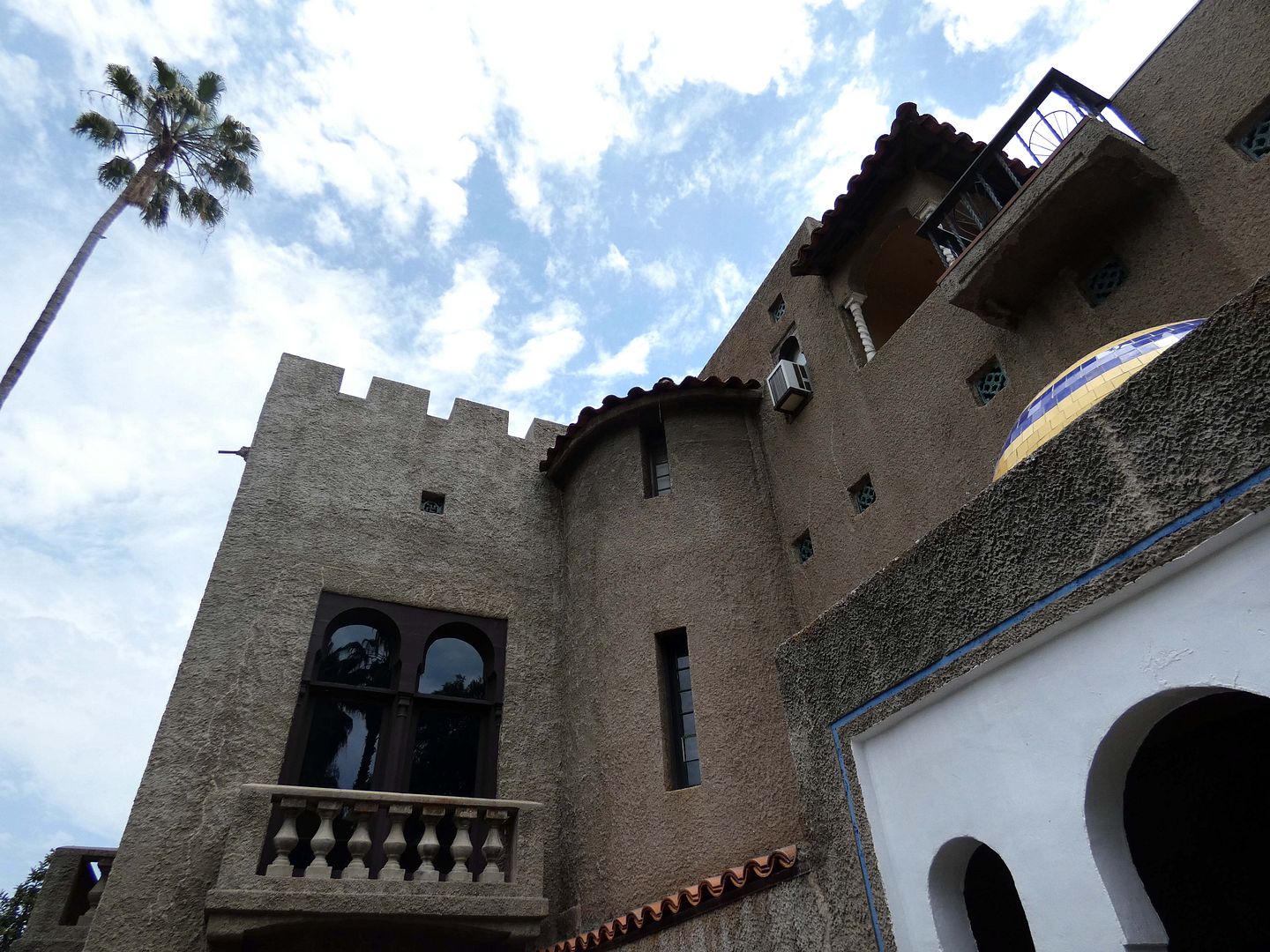
It was the brainchild of Charles W. Benedict—who relocated to Riverside from New York City, hired Buffalo-born architect Henry L. A. Jekel to design it, and named it "Castillo Isabella" after his mother.
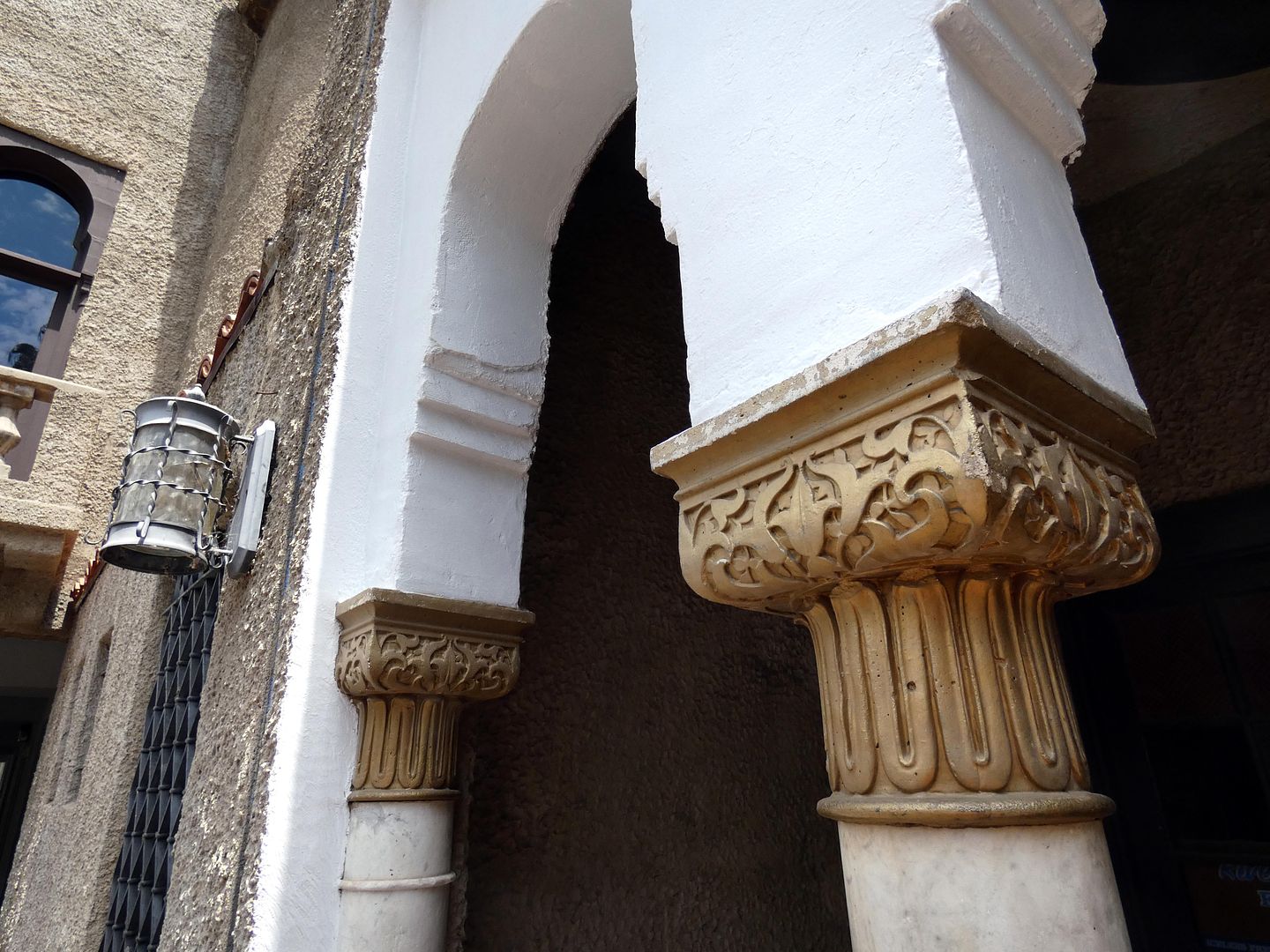
It was built at a cost of $300K between 1921 and 1931 (with a pause in between, while Benedict switched wives)—but unfortunately Benedict himself died in 1938, so he didn't have very long to live in the completed castle.
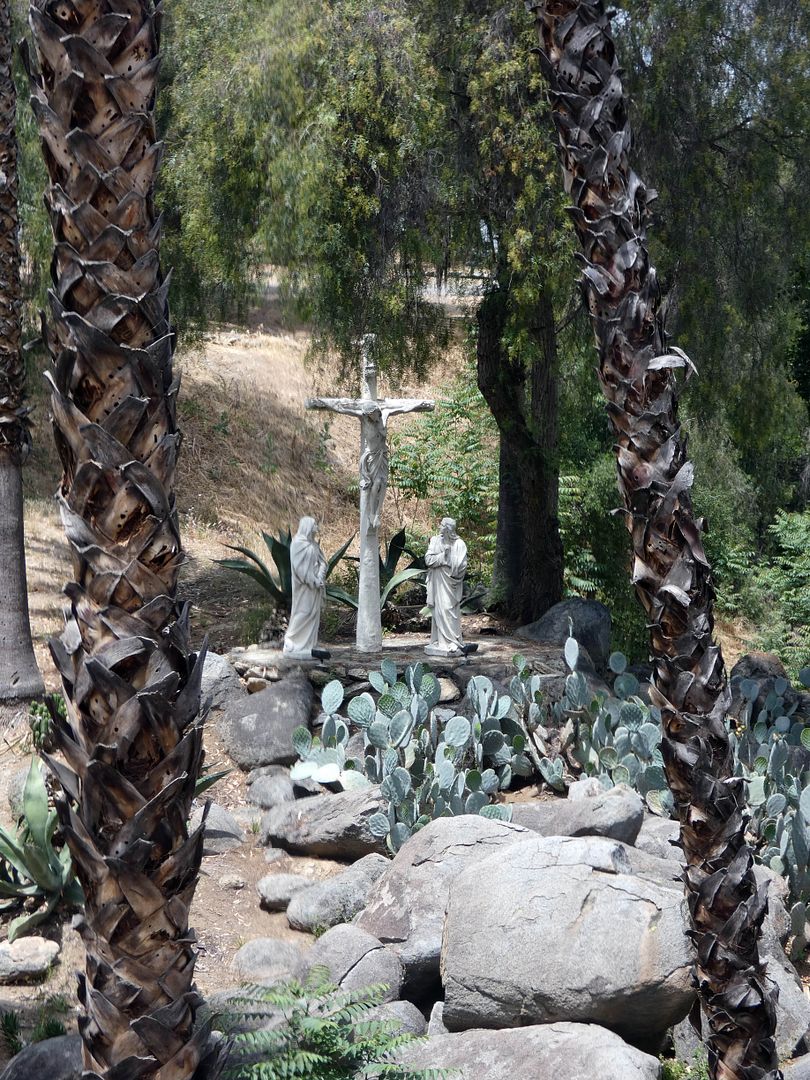
While it was under construction, Benedict lived in a small ranch house on the banks of the creek that runs through the property. Now in its place, you can see remnants from when Castillo Isabella was sold to Servite friars (an Italian religious order of servants of the Catholic Church) and became Our Lady of Riverside Seminary in 1952.
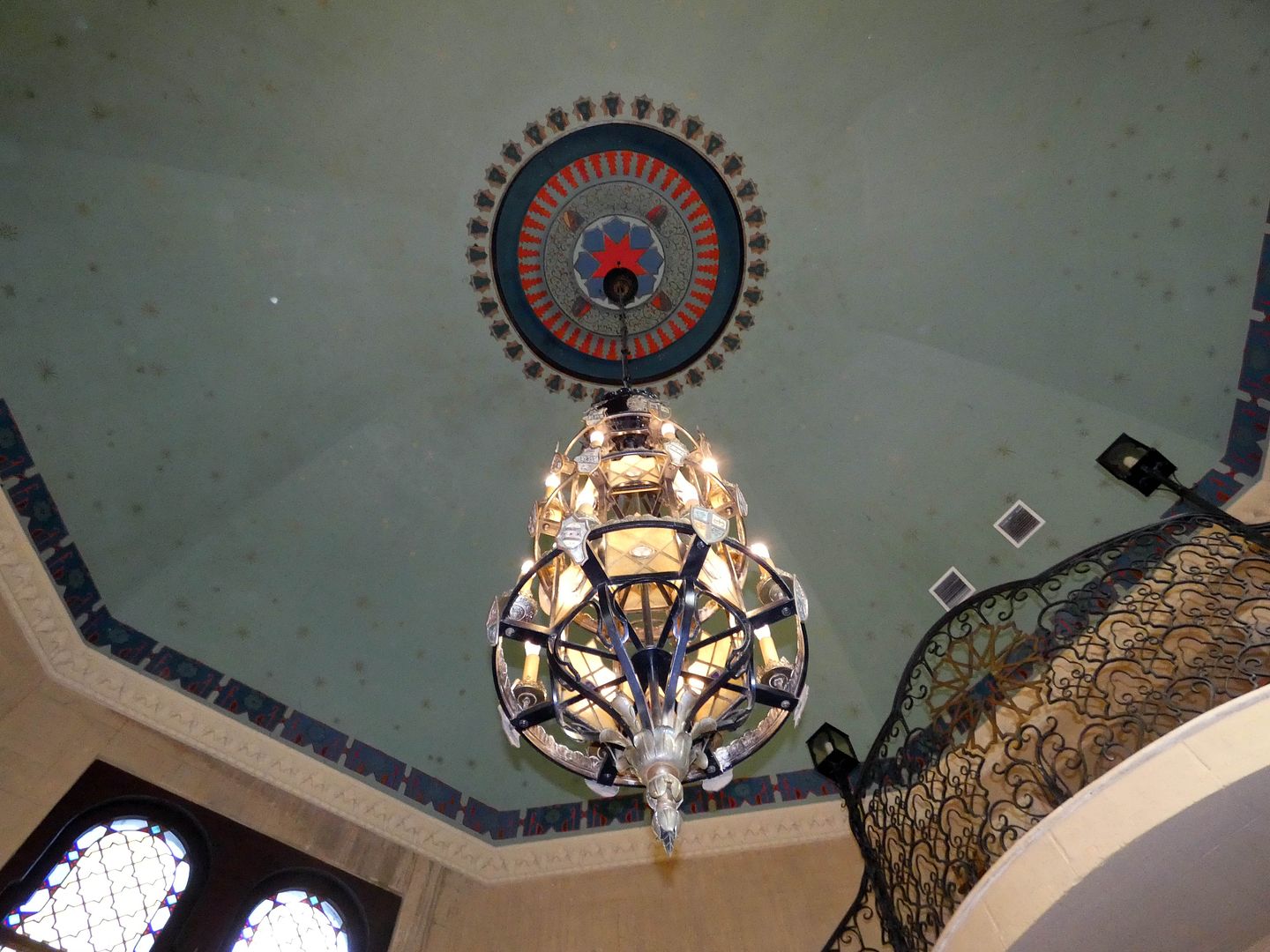

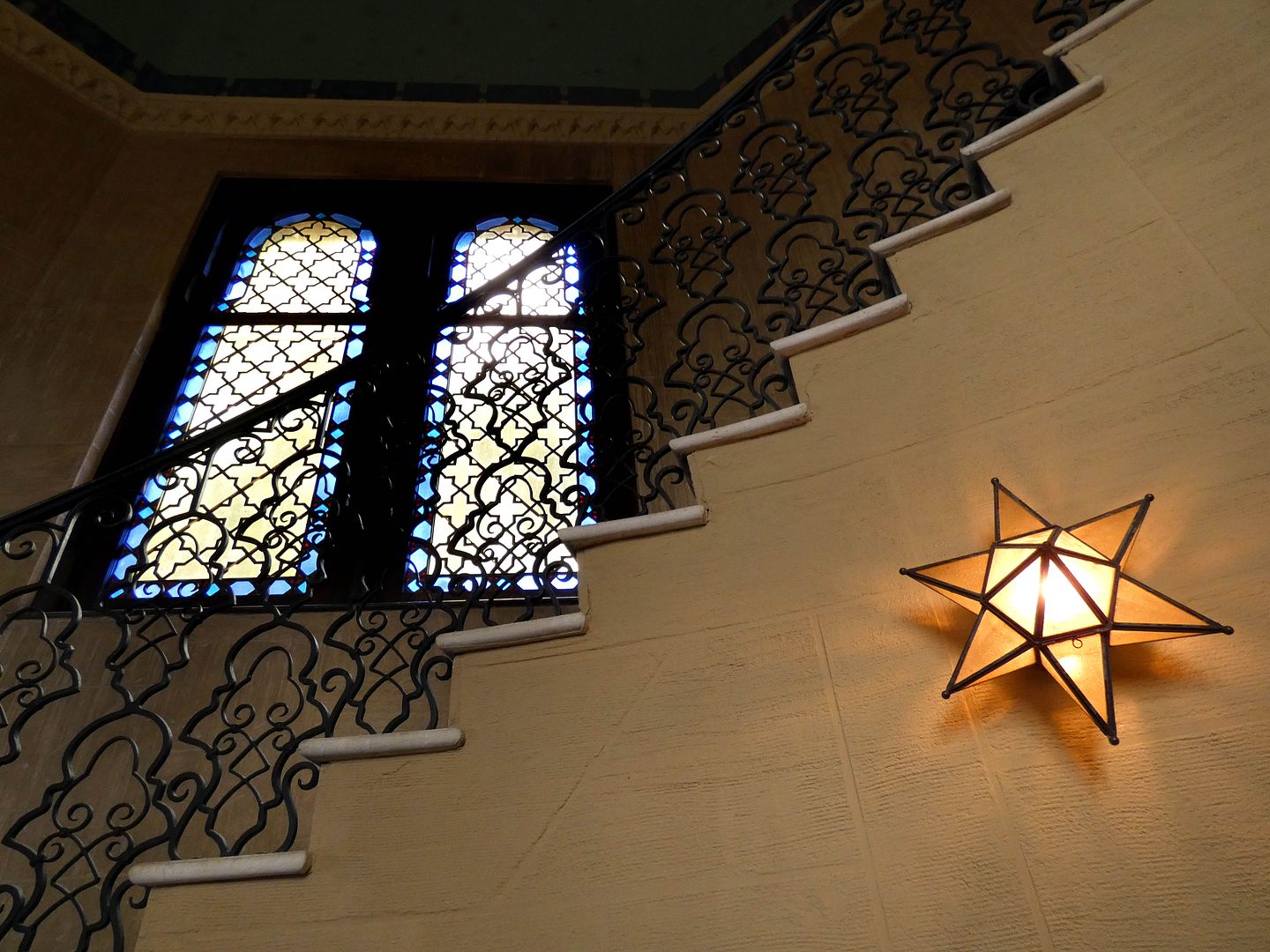



Fortunately, there are lots of original medieval-style features inside the castle...

...like lighting fixtures designed by Jekel...

...stained glass windows...

...and wrought iron railings showing evoking Islamic art and other Moorish influences.

Today, you enter into a rotunda (built during phase II of construction) with a hand-painted ceiling and a double staircase...
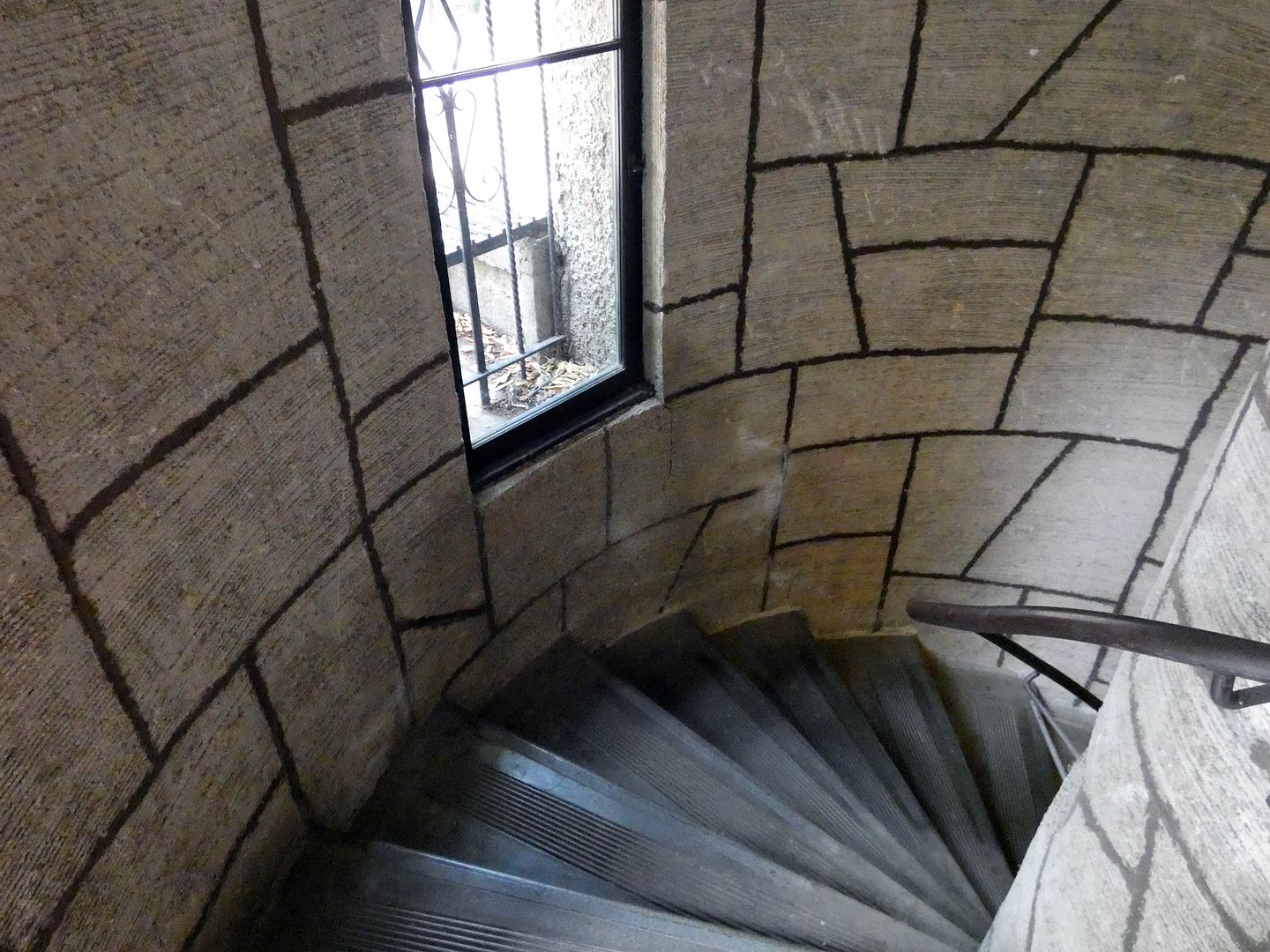

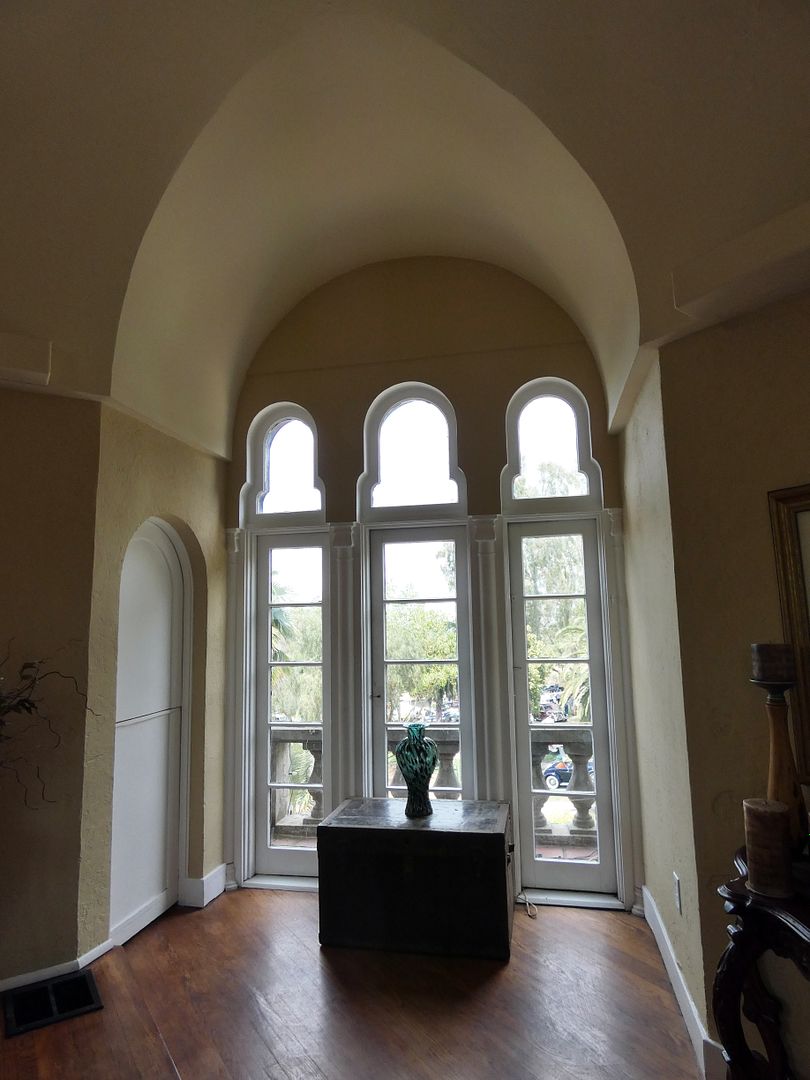
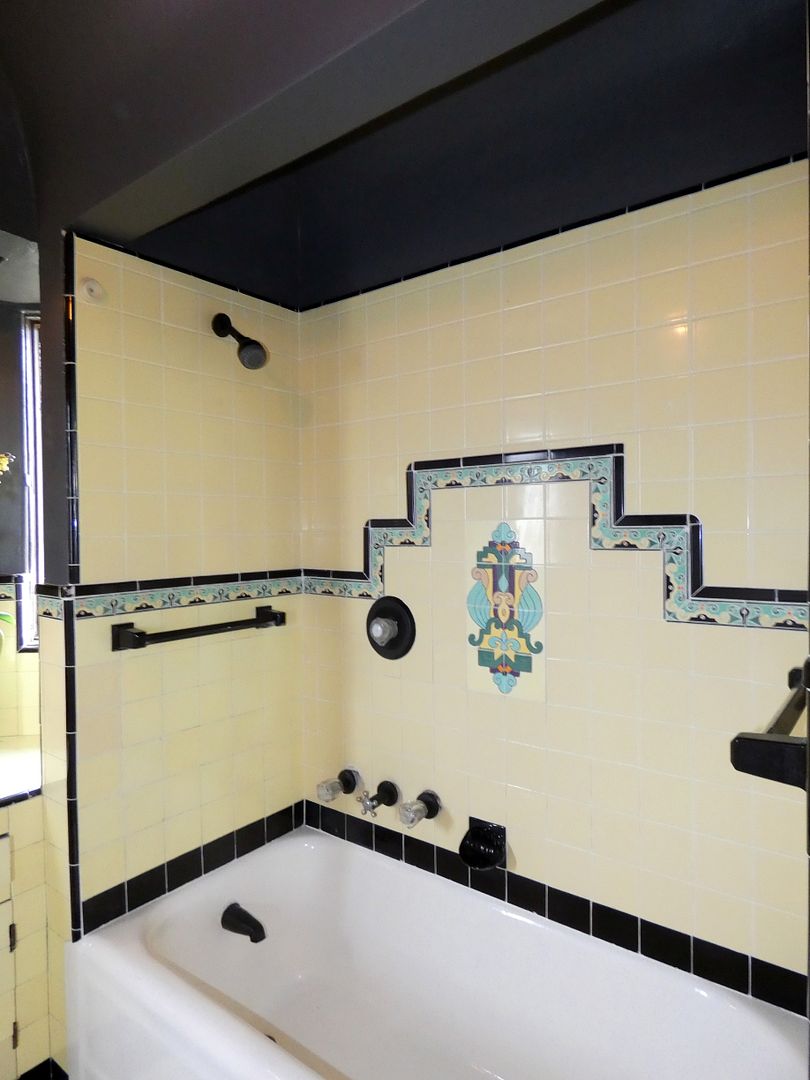
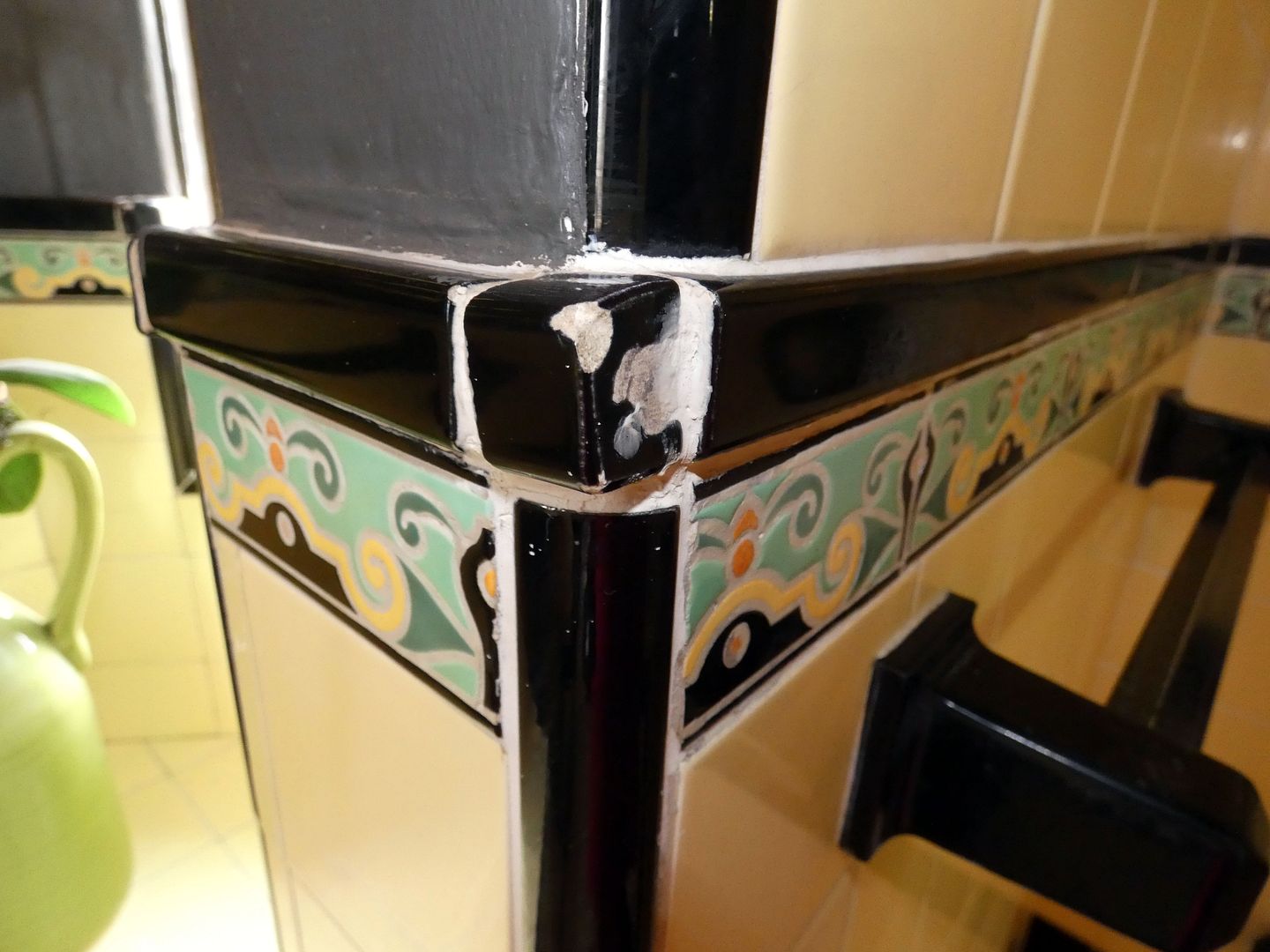



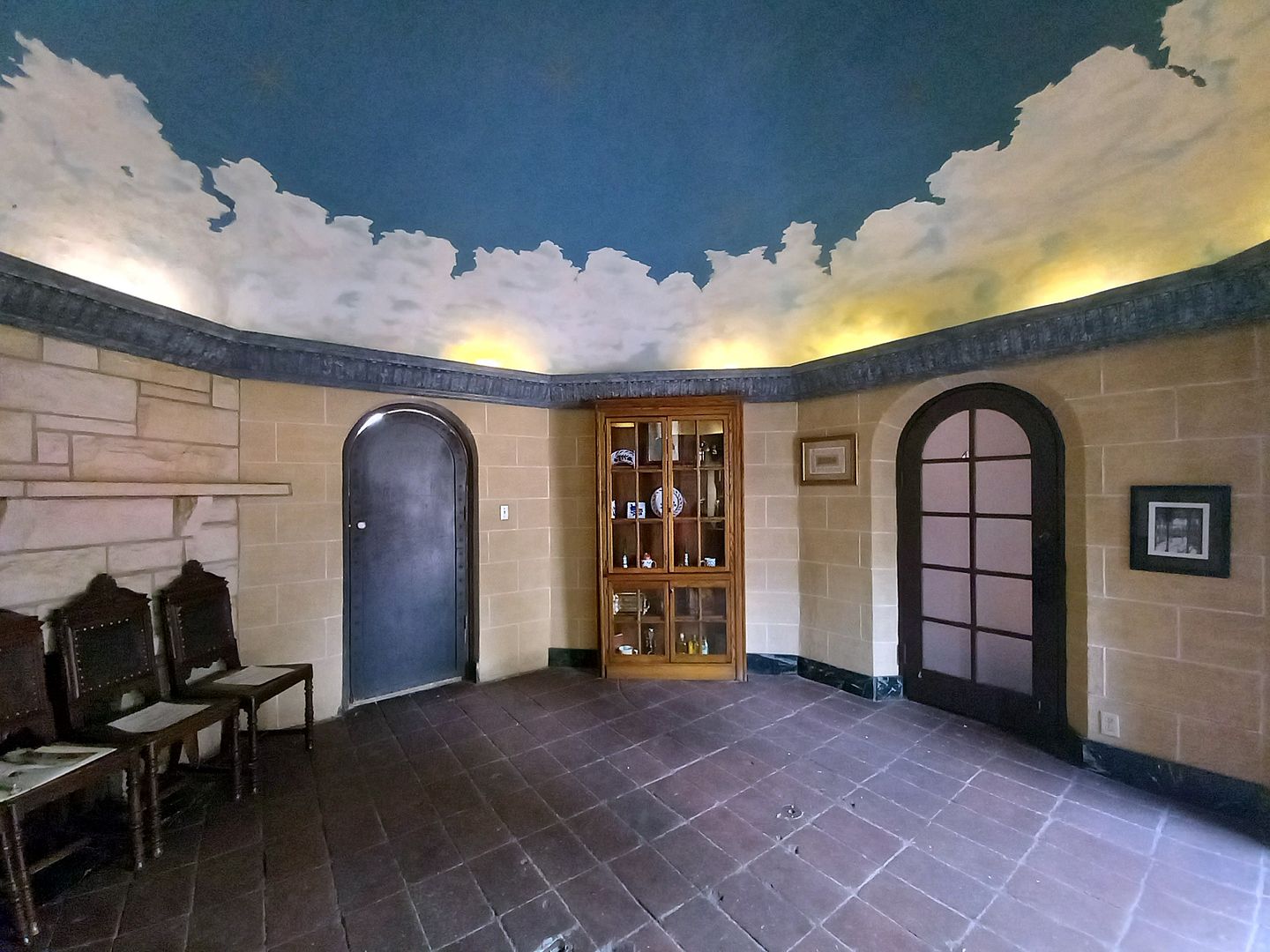
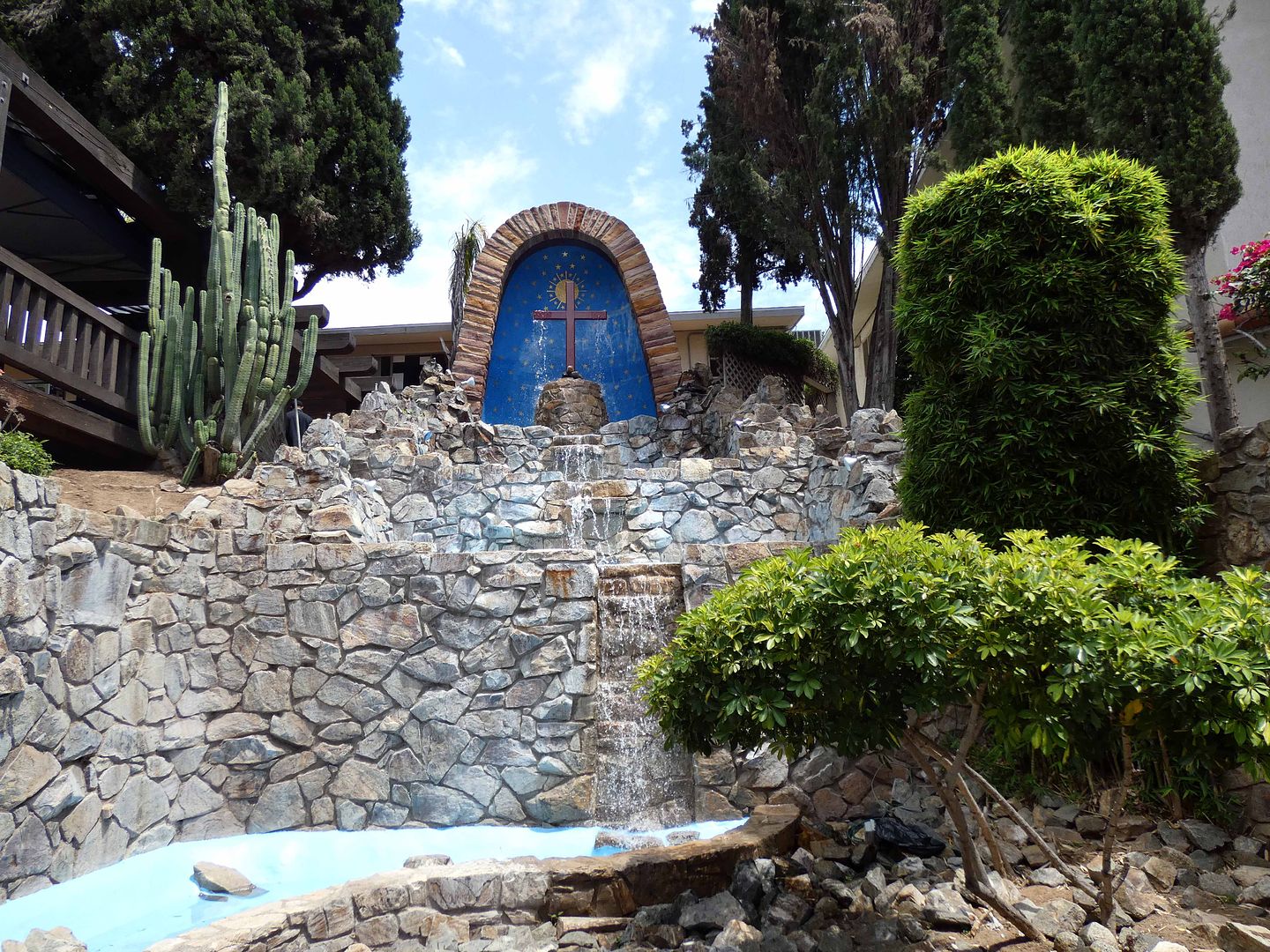
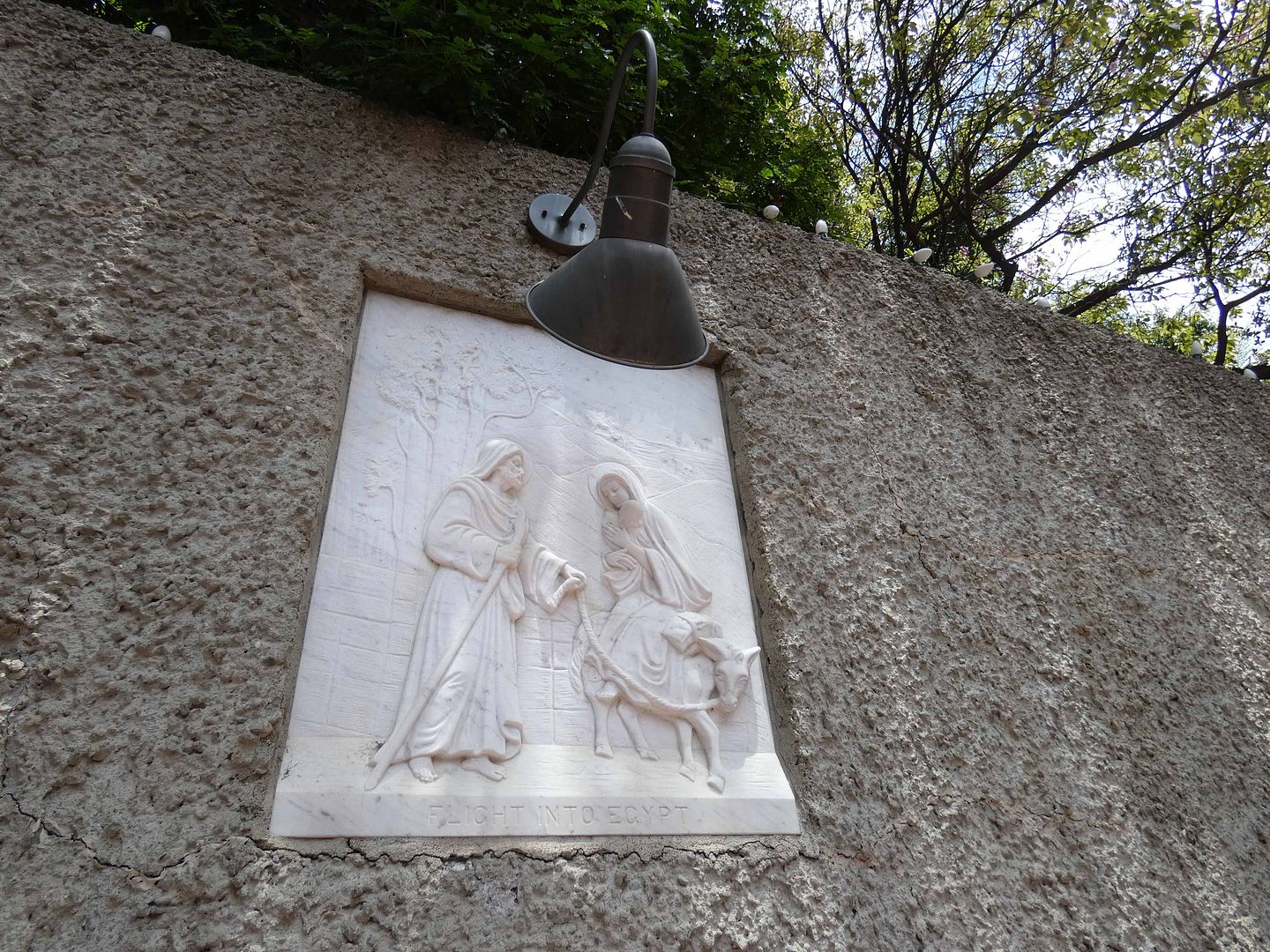


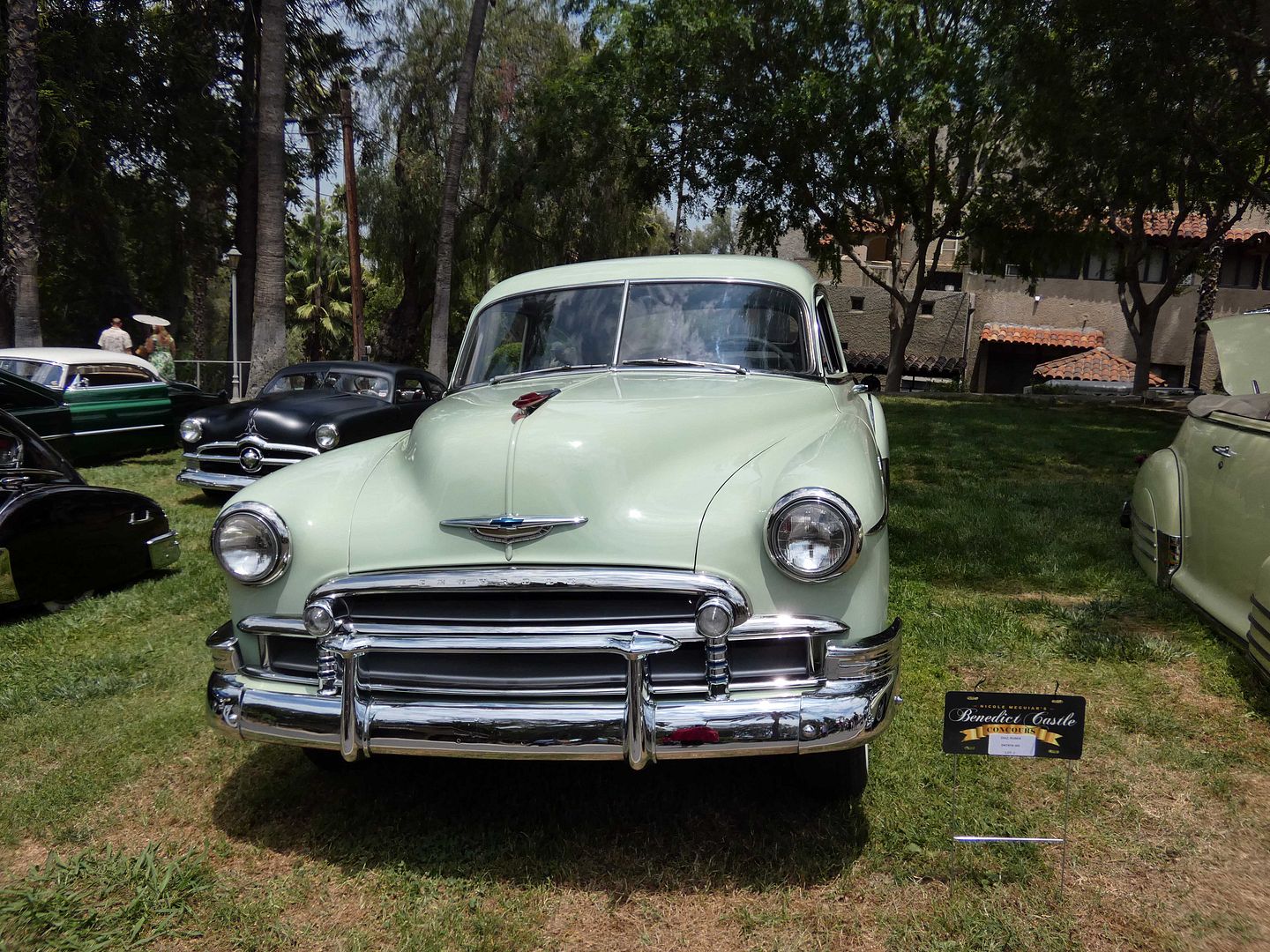

...that leads to another set of 480 steps that wind up through a tower.

Inside the top of the tower (called "Tower Louisa" after Benedict's final wife, Louise, who stayed at the castle for about a decade after his death) is a former bedroom...

...with views of the grounds below...

...and an ornately tiled bathroom...

...which unfortunately doesn't get seen by the public very often.
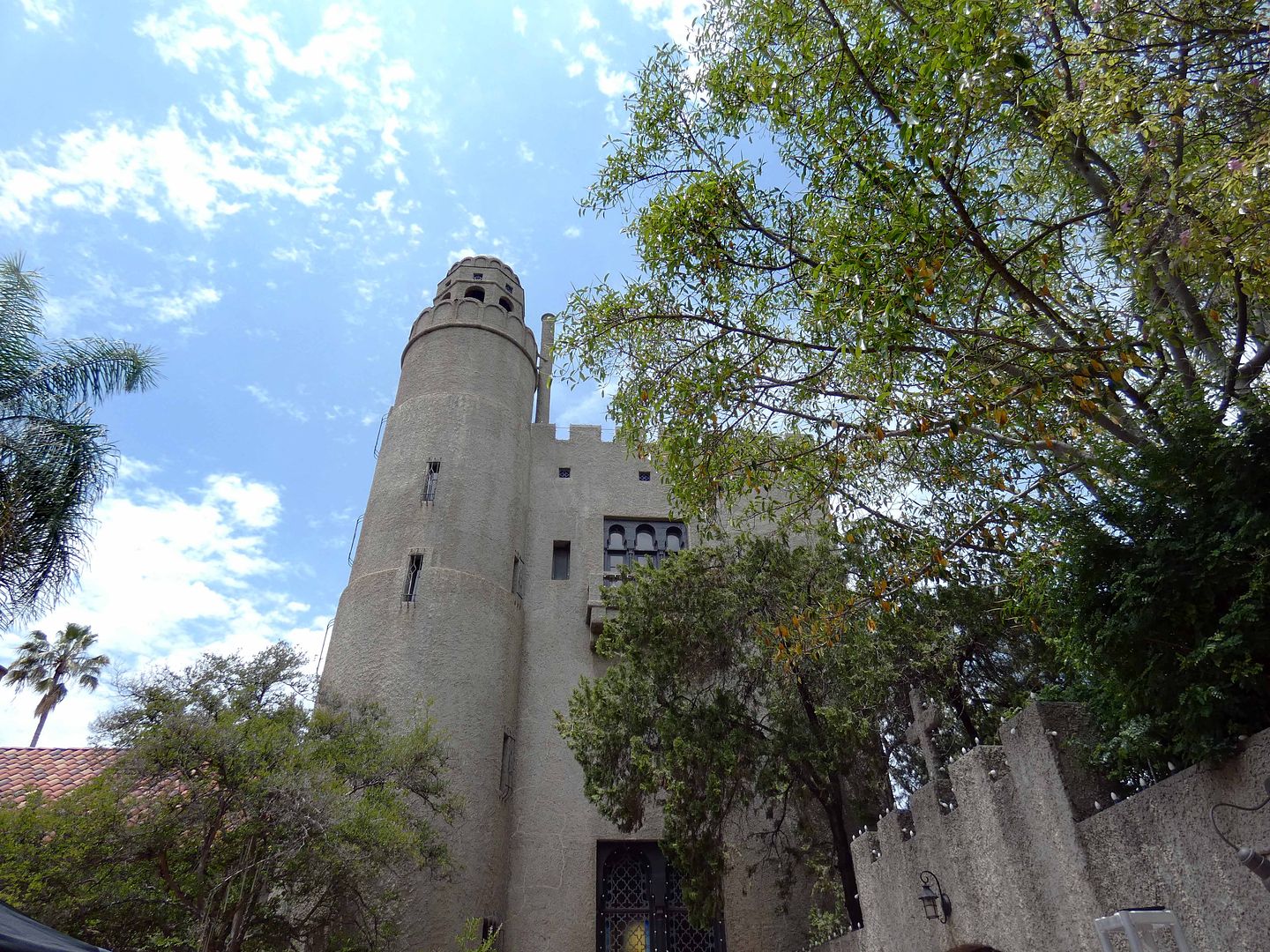
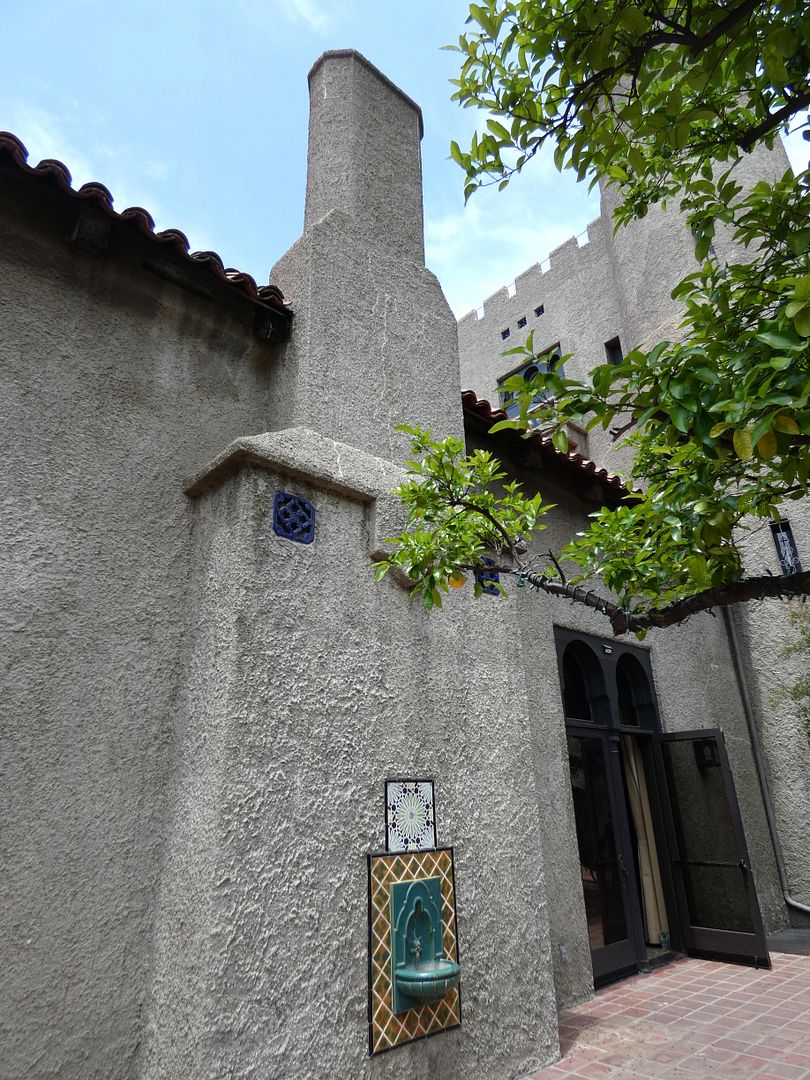

Downstairs from the tower...

...off of a courtyard whose design was influenced by the Court of the Lions at Alhambra...

...past the tiled fountain...

...is the former Great Hall, once Benedict's living room and dining room, which featured custom-made furniture and tapestries on the walls. (The stenciled ceiling beams and a vintage pipe organ are still there, though I did not get to see or photograph the latter on my tour.)

In another wing off the courtyard is the former breakfast room, which Benedict also used as a card room.

He exploited its access to an underground tunnel (where booze was stored during Prohibition) and whispering gallery feature that allowed him to hear the low grumblings of his opponents commenting on the cards they'd been dealt.

The Servite fathers added a grotto and waterfall to the courtyard...

...as well as Stations of the Cross plaques...

...which are still embedded in the stucco-covered adobe walls.

In 1971, the seminary was sold to a faith-based recovery program called Teen Challenge—which, contrary to its name, accepts adults 18 and over who've struggled with drug and alcohol abuse and addiction.

Fortunately, Teen Challenge opens the property up for an annual fundraiser car show called the Benedict Castle Concours, when docent-led tours are offered. (There are also occasionally Christmastime holiday open houses, and private functions that rent the castle for its banquet facilities.)
Historically, Benedict Castle has also served as a filming location—allowing audiences from around the world to take a peek at it without having to travel to California's Inland Empire. Among its film credits are Abbott and Costello Meet Frankenstein (I need to rewatch this to find out where), The Crime Doctor's Courage (exteriors only, and lots of them), and Two on a Guillotine (exteriors only, view trailer in the player above).
Related Posts:

Thank you for this feature. I had tickets for the car show, but we were not able to make it. It is a fun event, and the castle is fantastic. We got to tour it some years ago during the Christmas Open House event. Keep up the good work you do.
ReplyDelete